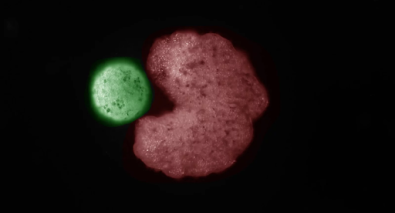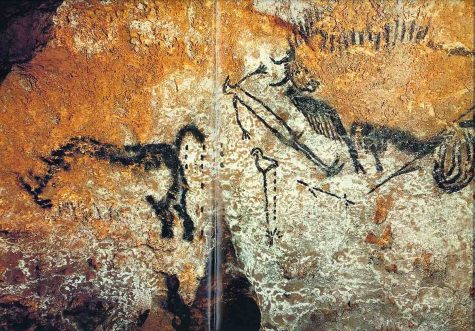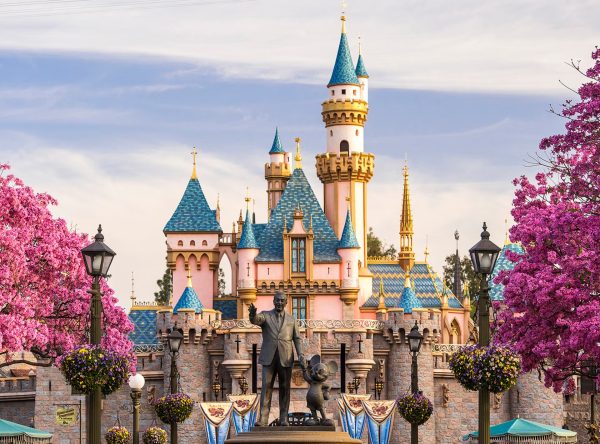Glacier walls may be the best solution for stagnating rising sea levels
This picture was taken and modified by Martin St-Amant; this image is distributed under the Creative Commons Attribution 3.0 Unported License
Glaciers are slow moving masses of ice and snow, usually assumed to be unstoppable forces of nature; at least up until quite recently. Humans might be required to utilize these large masses of snow to hold back rising sea levels. Propping up glaciers in the Arctic could provide a cheap, although not permanent, solution to holding back melting ice in our ever warming atmosphere. Rather than building seawalls on the coast, building them on the site of the melting could allow for scientists to cut off the problem at its root.
The climate within the Earth’s atmosphere has been increasing around the globe consistently for decades. In 1910, when President Taft created Glacier National Park, there were an estimated 150 glaciers within the park. Now, there are approximately 30 glaciers left. Many scientists blame this on the overuse of fossils fuels, which cause a build up in greenhouse gases. Regardless of the cause, the warming of the planet’s atmosphere is causing once frozen ice within the Arctic to melt and run off into the ocean. This causes a rise in sea levels, which could potentially swallow up cities along the coast of continents, even eventually cover up whole islands.
Despite the solution being presented as simple and cheap, some scientists worry that talk of geoengineering could give the public false hope and security that the worst of global warming has occurred, which is unfortunately not the case. Michael Wolovick, a postdoctoral researcher at Princeton University says that “trying to slow the flow of glaciers does nothing to stanch the other catastrophes of climate change”, meaning that ocean acidification, droughts, floods, and sea level rise come, not from glacier melt, but from sea waters expanding as they warm.
But, propping up glaciers could still prove to have a slowing effect on at least climate impacts. The edges of Antarctic Ice Sheet are grounded at points in the seafloor where it is shallower than at the middle of the Sheet. This point where the Sheet is anchored to the seafloor is called the grounding line. As glaciers melt, the grounding line recedes into deeper water than where they started. This could cause the ice to eventually start floating; this creates danger as floating ice is more prone to melting than grounded ice.
Due to the extreme rise in sea water levels, within the next century, coastlines to swamps could turn to swaps and could force millions of refugees to attempt escaping to dry land. Using a computer model to determine if geoengineering glaciers could be possible, researchers have found the two most plausible ways of going about it. First, engineers could build a sea wall that could keep warm water away from the ice; second, they could create multiple artificial mounds for the glacier to reground itself on and stop floating.
The scenarios made in the computer simulation were extremely simplified; in the Arctic, there is more potential for the seabed itself to allow a spot for the glacier to reground. More information is still needed, and nations are being persuaded to put funds into research on ice sheet collapses. Should the ice sheet in West Antarctica collapse, the sea level could potentially rise 11 feet. The sheet in East Antarctica could push the sea level up 62 feet if it collapses. Other possible geoengineering schemes include pumping water back on top of glaciers to refreeze, or even thicken the ice in front of glaciers to slow their melting speeds.
While none of these ideas work to get carbon emissions under control, they do show high value ways to approach geoengineering by working on small, but important targets first. With more research, scientists could possibly use geoengineering in glaciers to stagnate the effects of greenhouse gas emissions and global warming.














Kelly • Oct 11, 2018 at 7:28 am
Great column. This is an interesting idea on how to keep glaciers from melting.